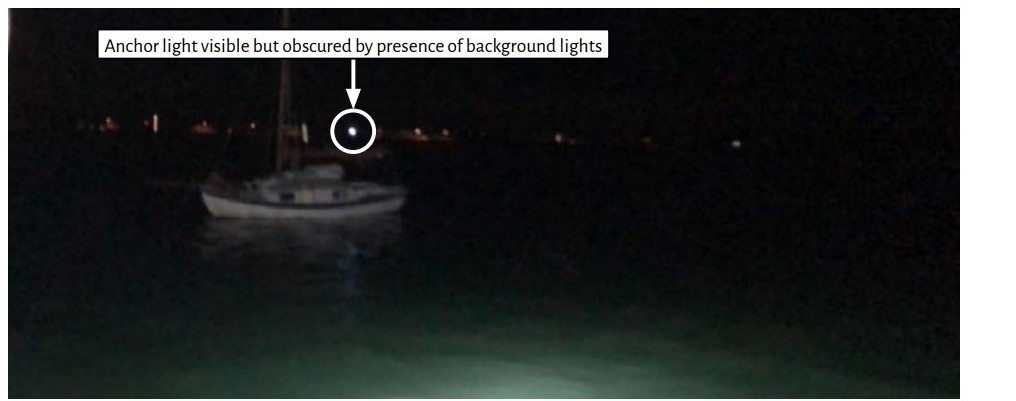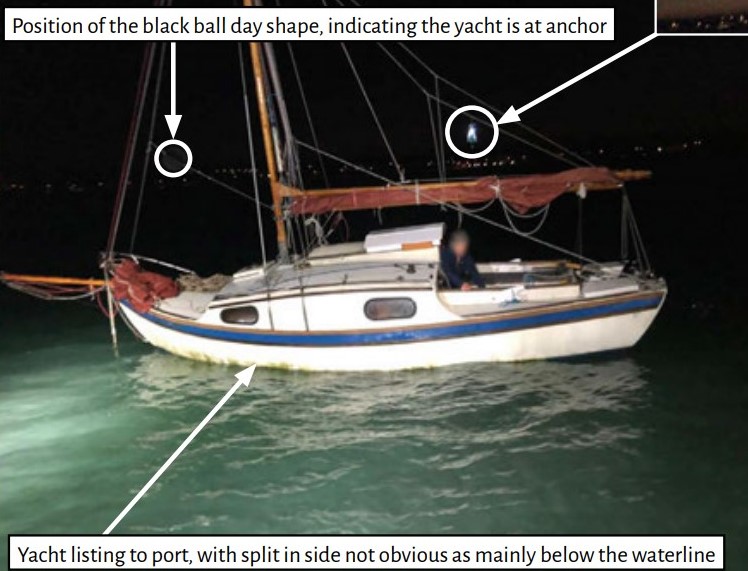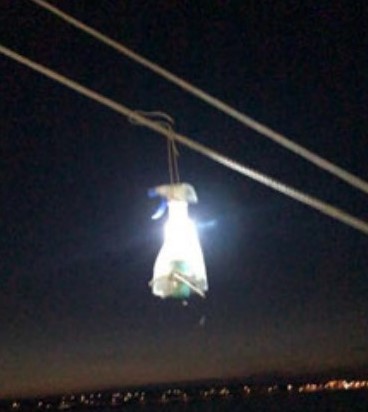In its latest Safety Digest, UK MAIB provides lessons learned from an incident where a fishing vessel hit a yacht that was anchored in the bay, during midnight.
The incident
Departing harbour around midnight, two fishing vessels set off to deploy several fixed nets. The standard routine was to leave the nets in place for about 3 hours before recovering them, at around sunrise, and then head back into port.
Having shot away their first net, one of the two fishing vessels started to sort out their second net on the aft deck. The net had become tangled so the skipper went aft to deal with it, leaving his crewman in the wheelhouse. The vessel was steaming along at around 3kts when there was a loud bang.
It soon became evident that the fishing vessel had hit a yacht anchored in the bay. The yacht’s crew came on deck to see what had happened. Discovering a split in the port side of their yacht, which was now taking on water, the yacht crew agreed to be towed into the nearest harbour. The anchor rope was released and the yacht’s crew donned lifejackets and started bailing the flood water out of their vessel. The partner fishing vessel arrived to check on the situation
and its skipper remarked that his fishing vessel had earlier passed near the same spot; he had been travelling at 6kts and had not noticed the anchored yacht.
The tow into harbour was uneventful and the yacht was placed on a slipway to assess the damage. The split in the yacht’s side was larger than first appreciated and the water ingress had caused some internal damage, but there were no injuries. The fishing vessel was undamaged.
Lessons learned
#1 Observe: The COLREGs are clear about the need to maintain an effective lookout by sight and hearing as well as by all available means appropriate. The fishing vessel was fitted with a modern radar and AIS, though the AIS had not been switched on. The fishing vessels were operating close to shore and the presence of background lights made seeing the anchored yacht more difficult.

The fishing vessel crew were not varying the radar range scale and had not obtained early warning of the risk of collision.
#2 Action: The yacht was 6.7m in length and anchored close to shore. The yacht was equipped with a radar reflector and had made some efforts to be visible at a reasonable range but was not transmitting on AIS.


When at anchor and without a watch on deck it is prudent to make yourself as visible as possible to other vessels in the vicinity. AIS can improve the visibility of small vessels and yachts to others operating nearby; however, a well-placed all-round anchor light with visibility of at least 2nm should be the minimum action taken to maximize an anchored yacht’s chances of being seen.

































































